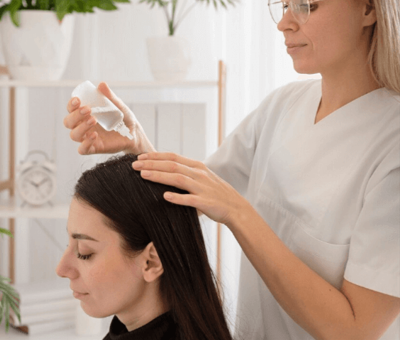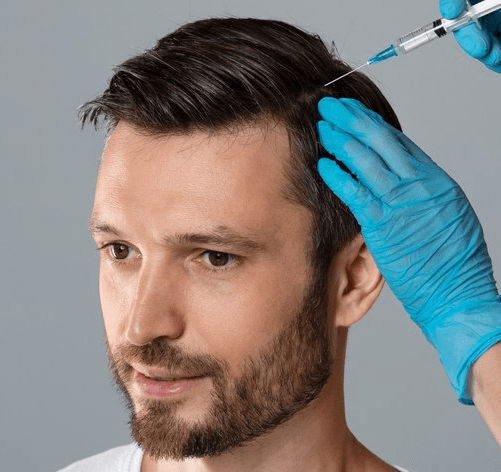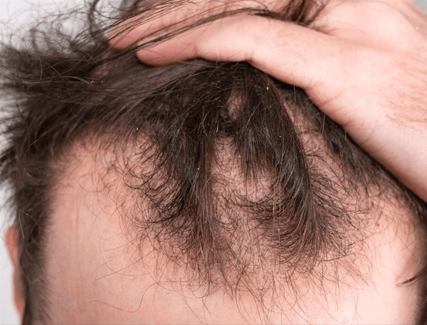Traveling to Korea for a neck lift can be a transformative experience—not just for your appearance but for your overall confidence. However, to ensure the best results and a smooth recovery, proper preparation is essential. Whether you’re traveling from overseas or nearby, this comprehensive checklist will help you prepare effectively for your neck lift at a Korean cosmetic clinic.
✅ 1. Do Thorough Research on Korean Clinics
Before anything else, research and compare clinics that specialize in neck lift surgery. Look for:
- Board-certified plastic surgeons with experience in neck rejuvenation.
- Clinics with high ratings and genuine patient reviews.
- Before-and-after galleries.
- International patient services (English-speaking coordinators, video consultations, etc.).
Tip: Choose a clinic that offers Deep Plane or SMAS neck lift techniques if you’re looking for longer-lasting, natural-looking results.
✅ 2. Schedule a Virtual or In-Person Consultation
Most top Korean clinics offer online consultations. Use this opportunity to:
- Discuss your goals and concerns.
- Share your medical history.
- Ask questions about the surgeon’s approach, technique, and expected results.
- Get a personalized surgical plan and estimated cost.
✅ 3. Review the Cost & Inclusions
Korea is known for competitive pricing, but be sure to clarify:
- What’s included: pre-op tests, anesthesia, medication, compression garments, follow-up care, etc.
- Payment methods (credit card, cash, wire transfer).
- Refund and cancellation policy.
- Visa support documents if needed.
✅ 4. Plan Your Travel and Accommodation
You’ll need to stay in Korea for at least 7–10 days post-surgery for follow-up appointments and early recovery. Make arrangements for:
- Flights (book flexible tickets in case of changes).
- A hotel or Airbnb close to the clinic.
- Airport pickup and translator (many clinics offer these services).
Tip: Some clinics have recovery houses specifically designed for medical tourists with meals and aftercare support.
✅ 5. Prepare Your Medical Documents
Bring or send the following to the clinic ahead of time:
- Full medical history (especially heart conditions, blood disorders, or past surgeries).
- A list of current medications and allergies.
- Recent lab work or imaging if requested.
Your surgeon may order additional tests such as:
- Blood work (CBC, coagulation profile).
- ECG (especially if over 40 or with cardiac history).
- COVID-19 test (clinic-specific requirement).
✅ 6. Follow Pre-Surgery Instructions
You’ll receive a set of preoperative instructions. These may include:
- Stop smoking and alcohol at least 2 weeks before surgery.
- Avoid medications that thin your blood (aspirin, ibuprofen, vitamin E, etc.).
- Do not eat or drink anything 8 hours before surgery.
- Wash your neck and face thoroughly before surgery day (no makeup, lotions, or jewelry).
✅ 7. Pack Smart for Recovery
What to bring for your stay:
- Loose, button-up shirts or zip-up hoodies.
- Neck pillow for support.
- Medical-grade compression garment (some clinics provide this).
- Ice packs and over-the-counter pain relievers (as advised).
- Gentle skincare products and sunscreen for post-op care.
- Entertainment (books, tablet, etc.) for downtime.
✅ 8. Arrange Post-Op Support
You may feel swollen or tired for a few days. Consider:
- Having a friend or caretaker with you, especially on the day of surgery.
- Using clinic-provided recovery services if traveling solo.
- Planning light activities only for the first week post-surgery.
✅ 9. Understand the Recovery Timeline
Recovery varies by individual, but generally:
- Swelling and bruising peak around day 3–4.
- Sutures are usually removed after 5–7 days.
- Most patients can return to light activities in 7–10 days.
- Final results are visible after 3–6 months, as residual swelling subsides.
✅ 10. Stay in Touch with Your Clinic After Returning Home
Ask about virtual follow-ups for scar monitoring, healing progress, or concerns once you return to your home country. Many Korean clinics offer email or video check-ins for international patients.
Final Thoughts
Preparing for a neck lift in Korea requires thoughtful planning, especially as a medical traveler. By following this checklist, you’ll minimize stress, optimize your recovery, and enhance your surgical outcome.
If you’re considering a neck lift in Korea and want help choosing the right clinic or surgeon, feel free to reach out—we can help you navigate your journey confidently.




